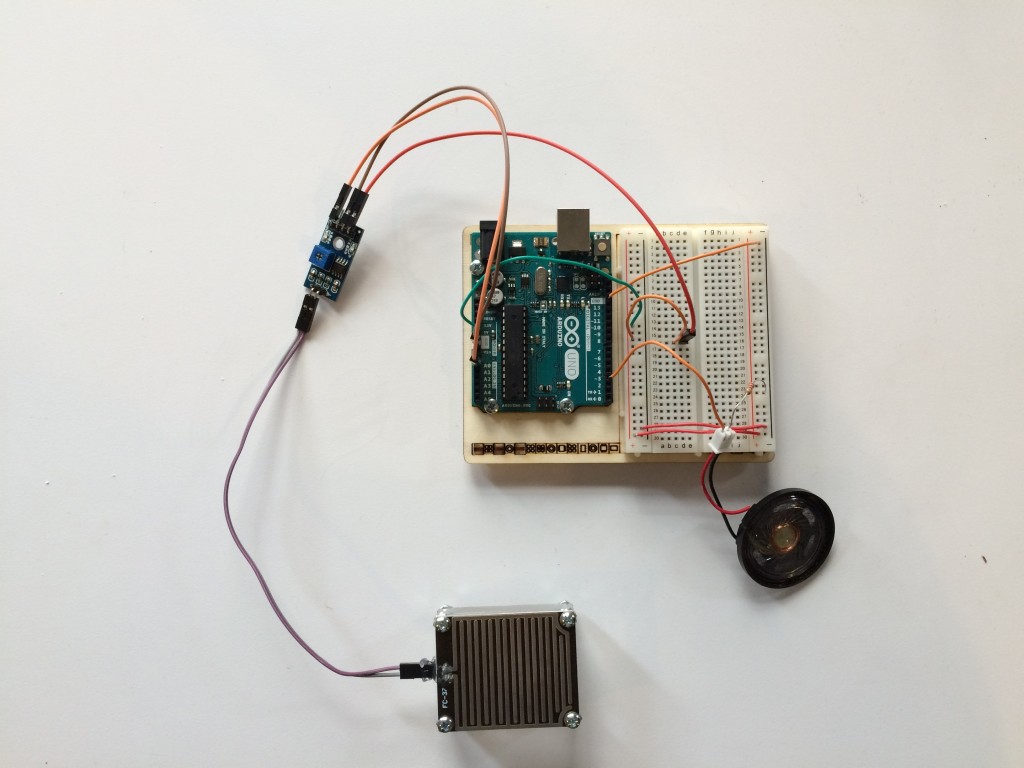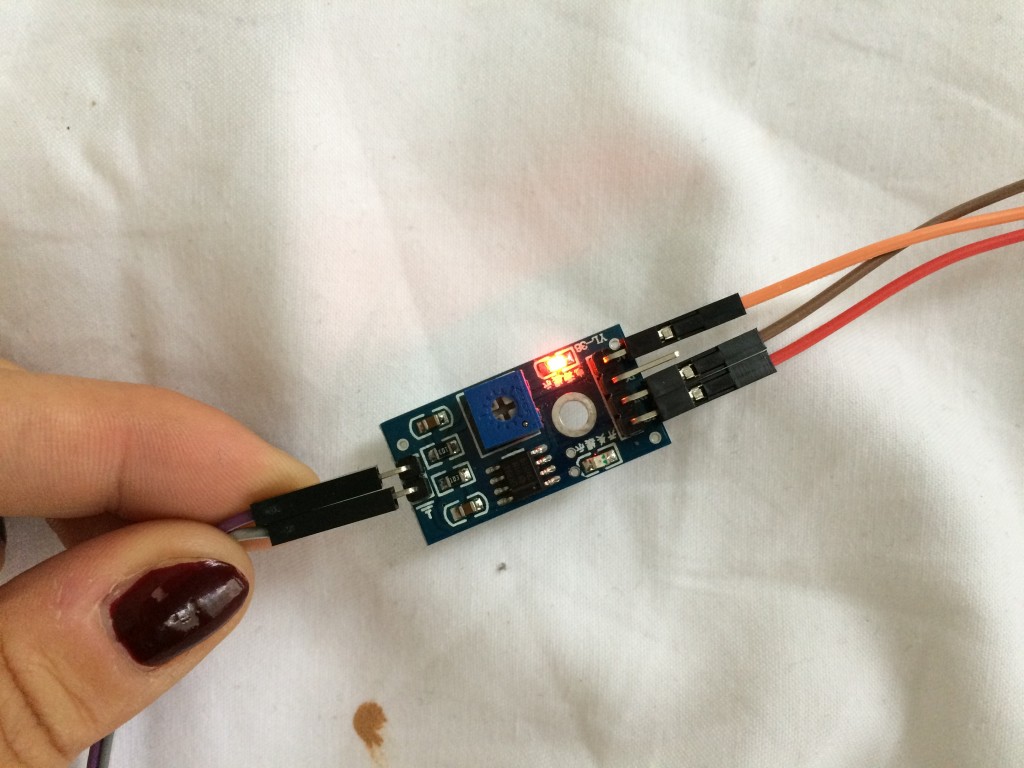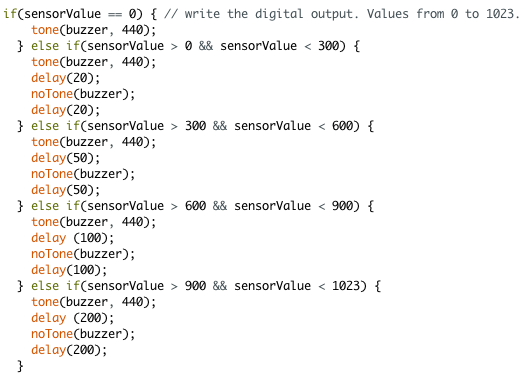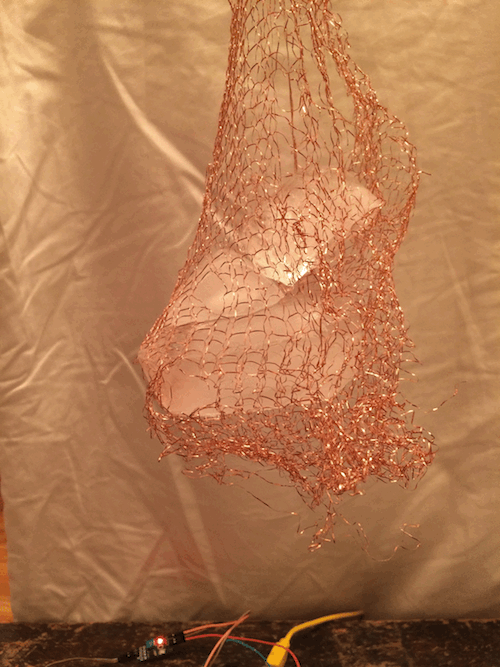“Art to me is our expression of being in love with (and fearing for) our world — our efforts to capture and predict the patterns, colours, movement we see around us,” says environmental strategist Dekila Chungyalpa.
Those words were written to coincide with a massive art installation piece Ice Watch by Icelandic artist Olafur Eliasson. For the piece, Eliasson obtained huge chunks of Arctic ice and installed them in front of Copenhagen’s city hall, where they slowly melted, a powerful reminder to the public of the reality of climate change.
I’ve been thinking a lot lately about ways in which we can sonify many of the natural geological processes that are simply not audible to human ears: the sound of water levels gradually dropping, the sound of tectonic plates sliding, the sounds of topography and mountain ranges, the sounds of glaciers melting, for instance. These objects have their own internal auditory patterns and acoustics.
Eliasson’s installation piece, along with Paul Kos’ “The Sound of Ice Melting” inspired my analog assignment this week. I wanted to generate a sound from the process of ice chunks melting.
To do so, I first purchased a simple rain/moisture sensor that would function as the analog input in the circuit. The sensor is essentially a pentiometer because it has a variable resistance: The amount of resistance varies based on the amount of water/moisture present.
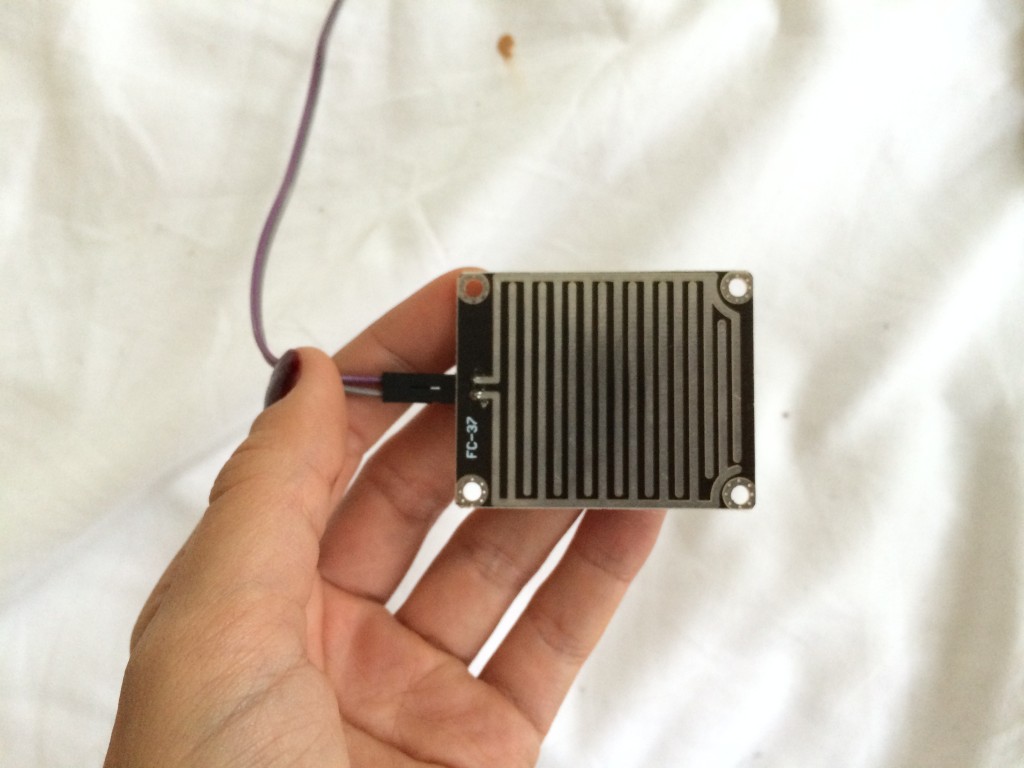 The board that senses the presence of moisture.
The board that senses the presence of moisture.
Using the laser printer (first time yeah!) I cut a piece of acrylic to mount the sensor on. I had to melt hot glue on some of the wires to make sure the water wouldn’t interfere with the electricity.
I connected the sensor to the Arduino board via analog pin #A0 and then connected the Piezo as a digital output from the digital pin #3.
After wiring up the board, I needed to test the sensor to see what range of signal values I would be dealing with. This is the code that printed those values, which ranged from 0 to 1023.
Eventually, I knew that I wanted the sounds emitted by the dripping ice to create a sense of urgency or anxiety. To do so, I needed to change the code so that the tone sped up.
After determining the range of values available, I decided to write some additional code that would change the delay between tones based on how much water was present. When there was only a tiny droplet, the Piezo would buzz at a slow rhythm. As more water dripped onto the sensor, the rhythm would speed up.
Finally, I froze water in different sized chunks to create the ice. I put the chunks in fish netting and dangled them above the sensor, letting them melt at room temperature. Gradually the sounds sped up as the ice melted more quickly.
Here is the final product!
The sound of melting ice. from Rebecca Ricks on Vimeo.
Full code below.
#define rainSensor A0
#define buzzer 3
void setup() { //analog input from rainSensor, digital output from buzzer
Serial.begin(9600);
//pinMode(rainSensor, INPUT);
pinMode(buzzer, OUTPUT);
}
void loop() {
int sensorValue = analogRead(rainSensor); //read the analog input from pin A0.
Serial.println(sensorValue);
delay(100);
if(sensorValue == 0) { // write the digital output. Values from 0 to 1023.
tone(buzzer, 440);
} else if(sensorValue > 0 && sensorValue < 300) {
tone(buzzer, 440);
delay(20);
noTone(buzzer);
delay(20);
} else if(sensorValue > 300 && sensorValue < 600) {
tone(buzzer, 440);
delay(50);
noTone(buzzer);
delay(50);
} else if(sensorValue > 600 && sensorValue < 900) {
tone(buzzer, 440);
delay (100);
noTone(buzzer);
delay(100);
} else if(sensorValue > 900 && sensorValue < 1023) {
tone(buzzer, 440);
delay (200);
noTone(buzzer);
delay(200);
}
Overall, I had hoped to do a lot more with this project I think. For instance, I would have liked to have changed the setup so that the melting ice was interacting with a sensor in a more interesting way (beyond just dangling above the sensor).
